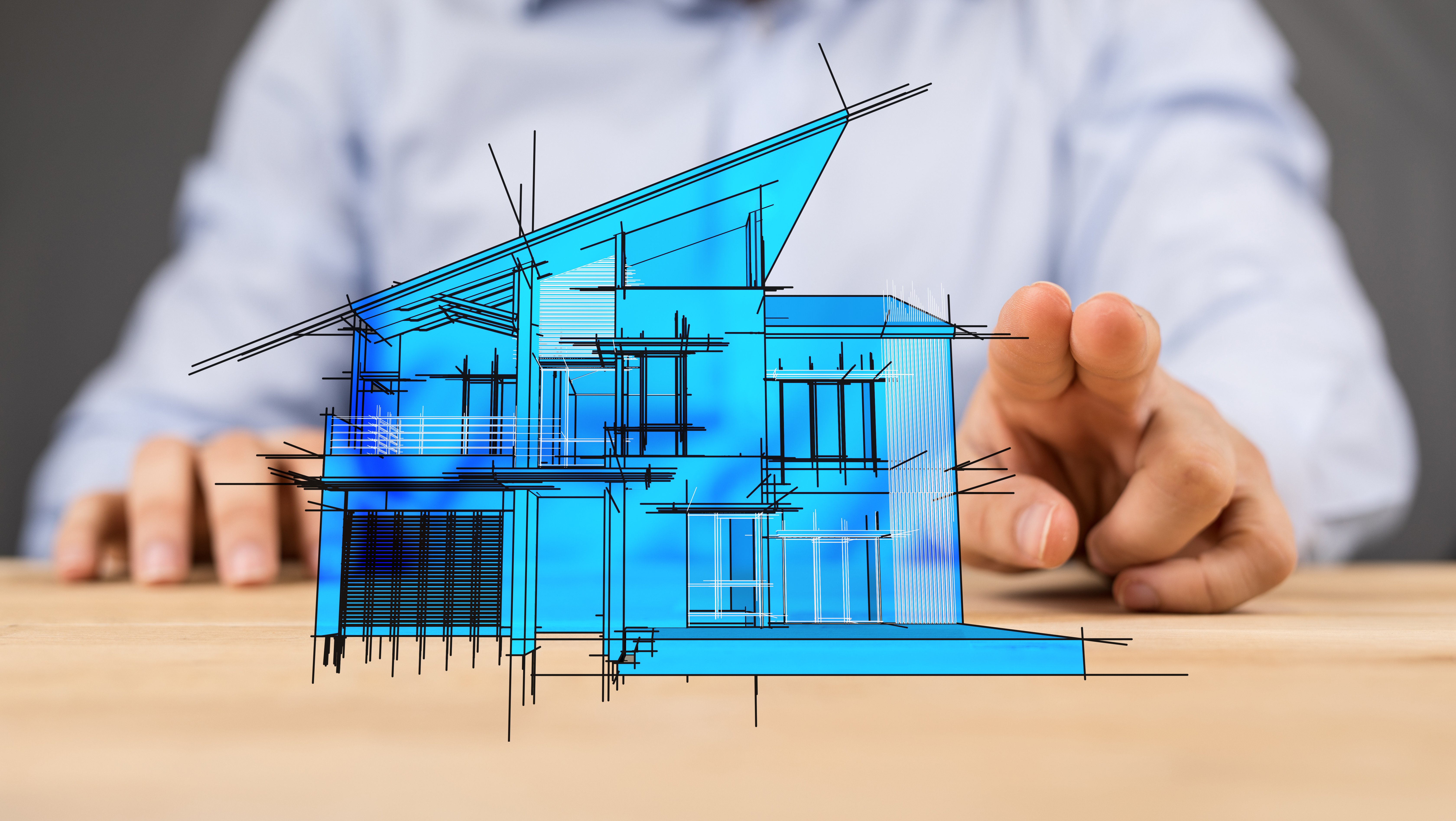 First Facebook transformed the way people connect. Then Uber upended the taxi system. Since then, disruptive innovation has continued to transform industry after industry.
First Facebook transformed the way people connect. Then Uber upended the taxi system. Since then, disruptive innovation has continued to transform industry after industry.
Could the home building and construction industry be next?
Massive leaps in technology have opened up new ways of performing old tasks, rendering many traditional processes and business models obsolete. Disruptive innovation—an innovation that displaces established market leaders with a new market and value network—is more than just a popular catchphrase. It’s the driving goal of a new generation of entrepreneurs who are bent on leveraging technology to create entirely new ways of doing business.
Slow to embrace new technology, the construction industry has largely sidestepped the tech-driven wave of disruption. Nine in 10 American homes are still built using century-old practices and processes, while seven in 10 construction executives say their companies are either industry followers or behind the curve on tech adoption.
“While major markets like transportation and communications have seen significant disruption, the building and construction industry is still waiting for its turn,” says Jonathan Fuller in an article on Engineering 360’s website. “Since the introduction of hydraulic equipment, personal protective equipment, CAD and prefab buildings in the 20th century, the industry has seen little major innovation. This begs the question: Will building and construction ever experience disruption, or is it simply geared toward smaller, incremental developments?”
A growing chorus of experts are insisting that disruptive innovation is right around the corner for the home building industry—and it’s something every home builder’s risk management team should be watching out for. Here’s why:
Traditional home building practices are inefficient
While industries such as manufacturing have made leaps and bounds in productivity by consolidating, automating and scaling their practices, construction has largely failed to follow suit. Over the past two decades, builders have achieved the lowest productivity gains of any industry; meanwhile, more than 9 in 10 infrastructure projects worldwide finish either late or over budget.
“The construction industry is one of the least efficient industries—and this is a worldwide issue,” says interior designer and BIM specialist Ceilidh Higgins.
“Whilst so much of production and manufacturing has become rigidly process oriented and quality controlled, prototyped and tested—even in developed countries, almost every building that we build is still a one-off design, constructed piece by piece on site.”
But pressing labor shortages and rising material costs are making it increasingly difficult for builders to maintain their profit margins using outdated construction methods. Passing the rising costs on to home buyers only works up to a point—builders can’t recoup their costs on a home if no one can afford to buy it.
Forward thinking home builders are already reaching for possible solutions to the industry’s efficiency problem. Many experts believe it’s only a matter of time before the next big innovation catches on and revolutionizes the way homes are built.
The demand for affordable housing has reached a crisis level
A dearth of starter homes, combined with a massive surge in first-time home buyers as millennials enter the market, has created a severe shortage of affordable entry-level housing. Despite the intensifying demand, builders are often hesitant to build starter homes because the profits just aren’t there.
In an attempt to capture a hungry first-time buyer market clamoring for affordable homes, some builders are turning to technologies such as 3D printing, or revisiting prefabrication as a way to scale production, to enable the construction of homes that are both affordable and profitable.
“Will disruptive innovation play a role in triggering that all-out blitz of starter-level homes? Some 56 cents of every dollar buyers are asked to pay for a new home trace back to vertical input costs—meaning materials, labor, products, and building processes,” says Forbes contributor John McManus.
“Can American home building—a laggard at adopting available construction technologies and digital power—pivot soon and nimbly enough toward building processes already in wide use in other global markets, to find profitable inroads against direct construction costs and make entry-level homes more affordable to a wider universe of buyers?”
Innovators are putting pressure on traditional builders
By nature, disruptive innovation isn’t something large, risk-averse companies typically do. Usually it’s a startup with nothing to lose that pioneers the innovation within the current market.
“When the technology that has the potential for revolutionizing an industry emerges, established companies typically see it as unattractive: It’s not something their mainstream customers want, and its projected profit margins aren’t sufficient to cover big-company cost structure,” says Joseph L. Bower, Emeritus Professor of Business Administration at Harvard University. “As a result, the new technology tends to get ignored in favor of what’s currently popular with the best customers.”
As disruptive technology begins to show its promise and smaller-scale innovation rapidly improves its performance, raising its value among mainstream customers, those who fail to adapt to the new model could find themselves facing serious losses—or being edged out of the market entirely. That’s why it’s important to consider disruptive innovation when developing a home builder risk management strategy.
Protecting against the risk of disruptive innovation can be tricky, given that the phenomenon can be difficult to spot—and often gets overlooked by established market leaders until it’s already too late. While 3D printing appears to have the most disruptive potential in home building, there’s no telling which technology will ultimately catch on, transforming the industry from within. However, the best way to hedge your bets against such disruptions is to invest in making your company more agile and capable of pivoting in a rapidly changing market. Adopting new efficiency-driving technologies and seeking out innovations rather than avoiding them can help home builders prepare to weather the market changes many experts believe are coming.
For builders who want to become proactive about leveraging new innovations, a partnership with a third-party builder home warranty and risk management provider can be valuable.
As builders seek to manage risks by staying ahead of the oncoming wave of disruptive innovation, a home builder warranty company can play a key role in managing any unforeseen construction defects while acting as a sounding board to evaluate new home building technologies that might get a builder ahead of the industry curve.

Builder's Warranty
5 Steps to Better Risk Management for Builders
Just as important as building quality homes is knowing how to protect them—and the rest of your business assets—along the way. Liabilities are everywhere. Effectively



